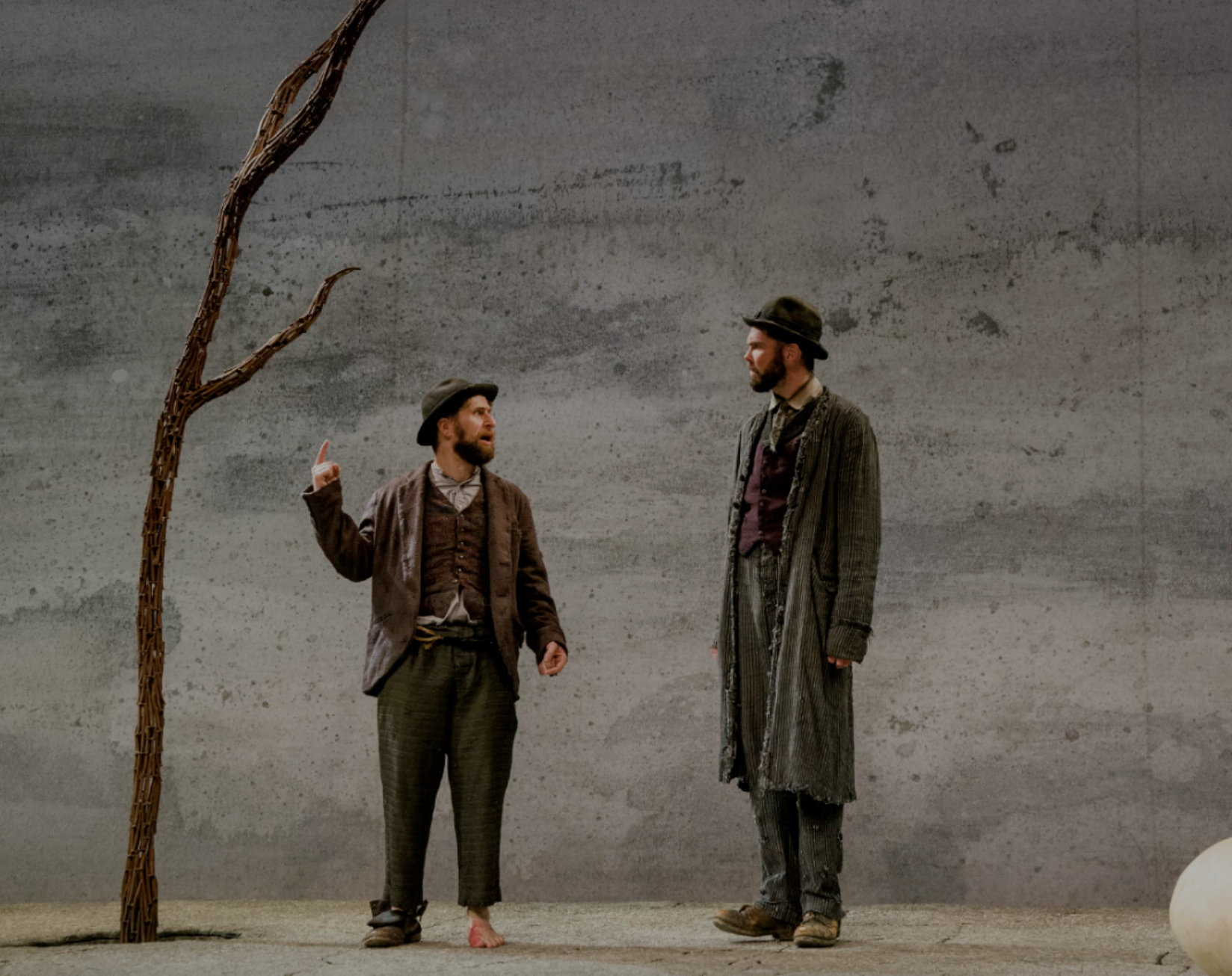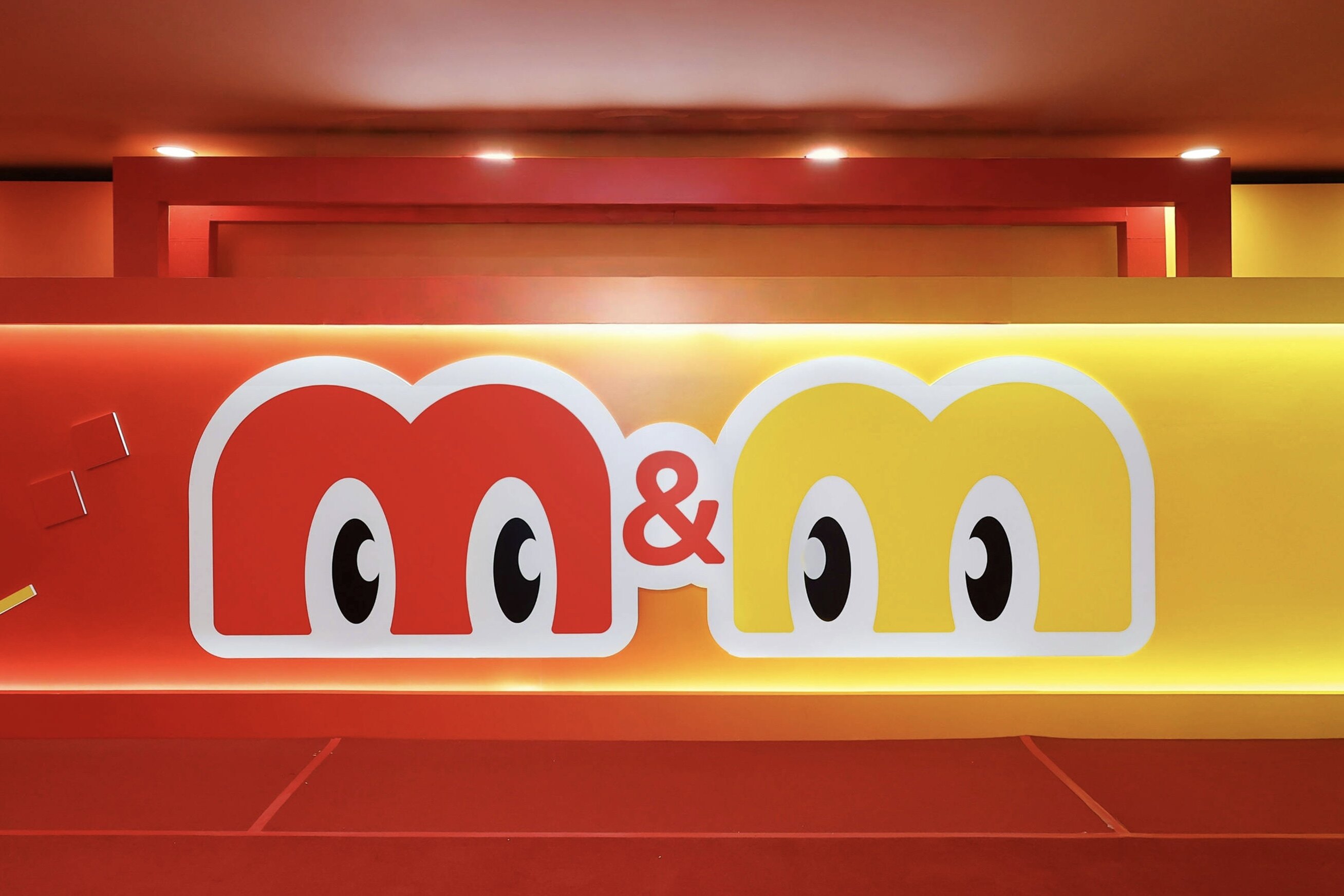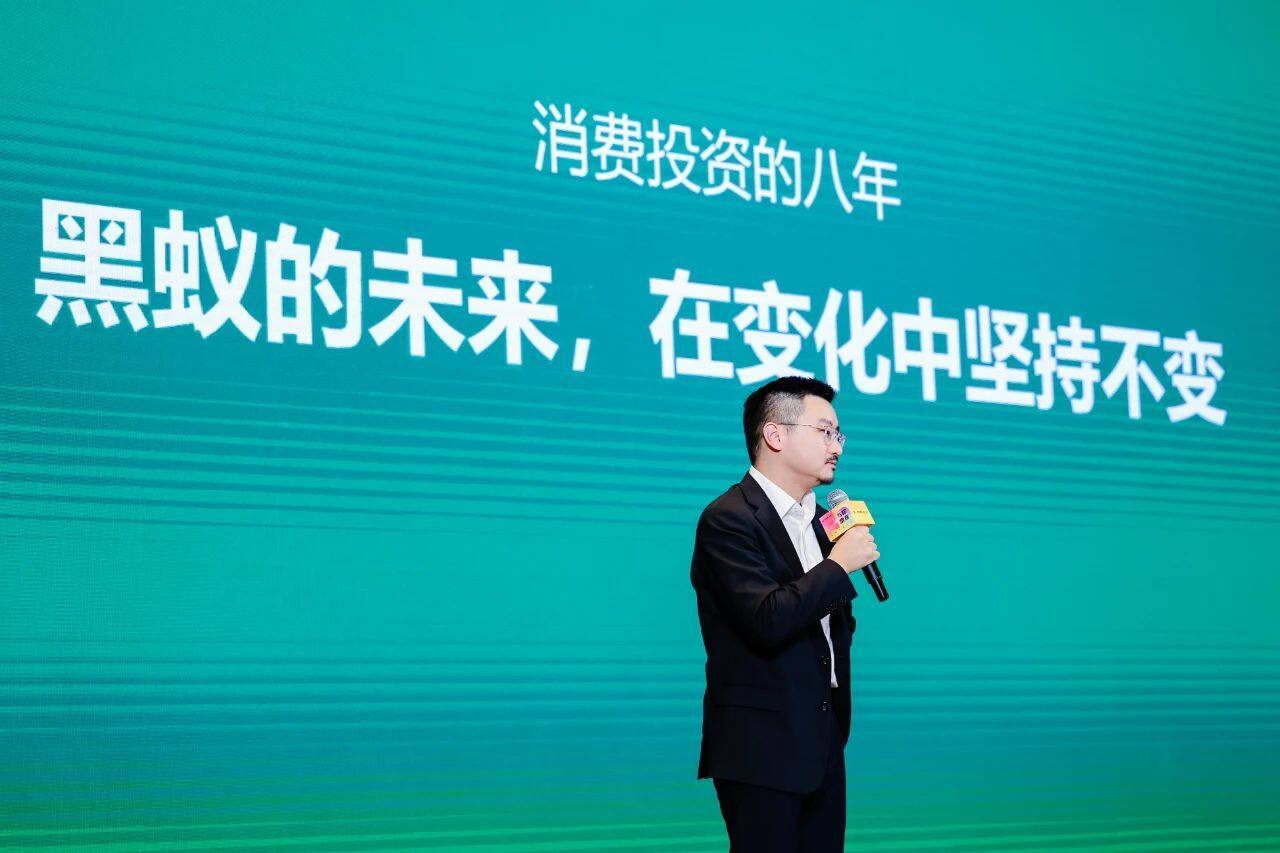Editor’s Note:
As chain-based dining accelerates in China, BA Capital maintains its strategic focus on the F&B supply chain. Our investment approach targets iconic hero products in foodservice and packaged foods on the demand side, and seeks companies with industrial maturity and sustainable efficiency advantages on the supply side.
Kaida Hengye, a leader in China's frozen potato processing sector, exemplifies this strategy. By identifying french fries as a breakout category and capitalizing on structural market trends, Kaida has steadily built integrated capabilities across the entire value chain, enhancing efficiency and competitiveness. Today, the company not only dominates domestically but is also expanding rapidly in global markets.
How did Kaida identify these market opportunities and build its comprehensive value chain advantage? Below are key insights from Mr. Liu Changan's keynote address.
Capturing Market Shifts and Global Expansion
Thank you. I'm pleased to share Kaida Hengye's growth journey, driven by both structural opportunities within China's potato sector and our strategic development of competitive advantages across the full potato value chain.
Domestically, demand for frozen potato products is surging. Western QSRs are expanding rapidly, driving sales of high-margin french fries. Simultaneously, Chinese cuisine increasingly incorporates potato products like sticks and hash browns as ingredients and snacks.
Home consumption is also rising significantly. The proliferation of air fryers – now in over 56 million Chinese households – has fueled demand for frozen potato products. Advances in cold chain logistics further enable this growth in consumer (C-end) demand.
While China historically relied on imported frozen fries, the emergence of high-quality, cost-competitive domestic products is driving adoption into lower-tier markets. Significant potential remains for market and usage scenario expansion.
Internationally, a major shift has occurred: China has transitioned from a net importer to a net exporter of frozen fries. East and Southeast Asia are our fastest-growing export markets, benefiting from lower tariffs and China's distinct advantages in cost efficiency, geographic proximity, and delivery speed.
Kaida Hengye focuses on three core product categories:
- Frozen Fries: Our primary category.
- Snack Fries: Part of the broader leisure food segment.
- Fruit & Vegetable Crisps: Also within leisure food.
Within China's leisure food market – where per capita consumption remains well below developed economies – snack fries and veggie crisps offer strong growth potential, projected at ~10% annually.
In summary: Rising incomes and deeper market penetration position China's potato and snack categories for robust growth. Globally, leading Chinese producers like Kaida are poised for rapid expansion, leveraging significant cost and logistical advantages.
Integrated Value Chain: The Foundation of Kaida's Advantage
Kaida Hengye operates three core industrial parks: our Beijing headquarters and two large-scale facilities strategically located in Inner Mongolia – the heart of China's national potato production belt. This positioning underpins our integrated value chain strategy for frozen potato products.
Upstream (Raw Materials): We develop proprietary potato varieties optimized for China's climate and processing needs. These varieties yield potatoes with a plump, oval shape and relatively square ends, significantly increasing the recovery rate for french fry cutting. Higher solids content also boosts overall yield. Developing just one such variety has reduced our costs by 5%. Collaboration with research institutes is central to our approach, resulting in over 60 patents held.
Midstream (Processing): We operate multiple production lines meeting international standards.
On these lines, uniformly cut strips become frozen fries. Short or irregular cuts are efficiently upcycled into higher-value products like hash browns (which often command premium prices) or potato flour. This resource optimization, achievable only at scale, significantly enhances value capture.
Our Inner Mongolia location provides a natural operational advantage: lower ambient temperatures reduce cold storage energy consumption.
Product Portfolio & Cost Leadership: We offer a comprehensive range: frozen fries (standard, shaped, irregular), sweet potato fries, snack fries, and vegetable crisps. Combined with our high-value-for-money positioning, this allows Kaida to achieve comprehensive product costs up to 15% below the industry average in key categories.
Downstream (Sales & Distribution): We employ a diversified three-channel strategy:
- Strategic Partnerships: With branded restaurant chains.
- Traditional Distribution: Through established wholesale and retail networks.
- International Trade: Focused on export growth.
Moving forward, Kaida Hengye remains committed to deepening our integrated value chain capabilities within the potato sector.












